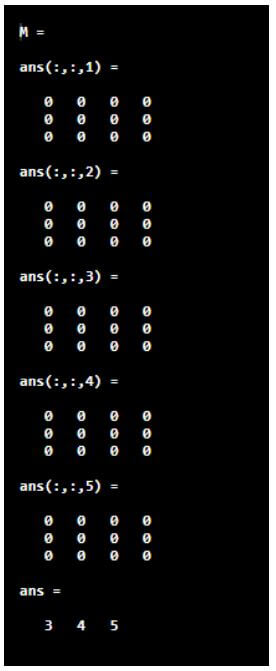

T = fzero(T,) % Bounds around a root guarantees solution if function monotonic You can find the zero using fzero in this case: N = 32 % Number of terms in summation The main question is why are you using symbolic math at all to solve this? This seems like a numeric problem unless you're experiencing overflow/underflow issues in your summation. Have you tried this leaving in the exp and/or sin? Is there any reason that you can't just use zero? And have you checked that your summation has converged after 1,000 terms? Or does it converge much sooner or not at all? You need to make sure that you're using enough Taylor expansion terms an that they are accurate for the domain. I can't really comment on the particular problem you're trying to solve. Have you plotted the the actual function to get a rough approximation for where the zero is? The question is if the time makes any sense due to the approximations that you're making. You shouldn't be surprised to see imaginary roots provided that at least one root is real and positive, corresponding to your time. Doing just this, I made a for loop to generate terms just as the summation function would-as you can see, I used 1000 terms.ĭoes what I am doing seem wrong to anyone? If there is a better method, could someone please recommend it?

As far as I know, the easiest way to do this would be to use the Taylor expansion of the exponential function, using only the first few terms, because I expect the equilibrium time to be relatively short and then use the small angle approximation for the sine function, because the rod has a relatively small length. What I would like to do is find the time at which the one-dimensional object equilibrates with the environment, which is held at a constant temperature of T=0. The temperature distribution, that satisfies the prescribed boundary and initial conditions, is given on page 50, I believe. In the given link is the heat equation solved for a particular one-dimensional case. Here is a little background as to what I am trying to do: I expected a real number, because I am trying to calculate a time. The problem that I get is that S is an a vector which contains imaginary numbers. As you can see, this is used for the logical indexing.I have a symbolic function, whose zeros I am particular interested in knowing.
#Zeros matlab how to
I can use finite or find function to find the index/position of the valid values but I don’t know how to copy the values correctly without writing a function. When to use finite or find function in MATLAB? Thanks for contributing an answer to Stack Overflow! Similarly for NaN, you can use isnan () to replace these elements with whatever you want. Could you give me the answer?Īs you can see, this is used for the logical indexing. I change 0 value to NaN value in nifti file of int16. I have tried for loop but do not get the desired result. I need to replace all the zeros by NaN, noted that zeros are also randomly distributed in matrix A. How to replace all zeros by Nan in a matrix? If we set skipna=True, it ignores the NaN in the dataframe. skipna=True to find the mean of DataFrame along the specified axis ignoring NaN values. We use the default value of skipna parameter i.e. Mean() Method to Find the Mean Ignoring NaN Values. For the whole DataFrame using numpy: df.replace(np.nan, 0).For the whole DataFrame using pandas: df.fillna(0).For one column using numpy: df = df.replace(np.nan, 0).For one column using pandas: df = df.fillna(0).How do you change a value in a matrix in MATLAB? For more information, see Compatibility Considerations. With the mean function, you can specify whether to include or omit NaN values for the calculation. X = NaN( n ) returns an n -by- n matrix of NaN values. Operations return NaN when they have undefined numeric results, such as 0/0 or 0*Inf. X = NaN returns the scalar representation of “not a number”.

How do I change NaN values with zeros in MATLAB?


 0 kommentar(er)
0 kommentar(er)
